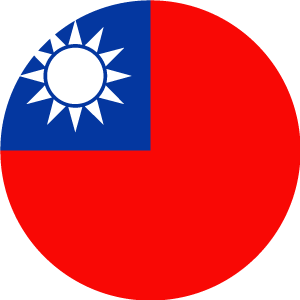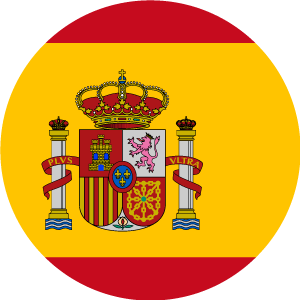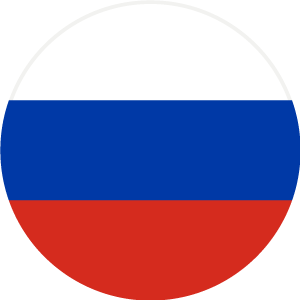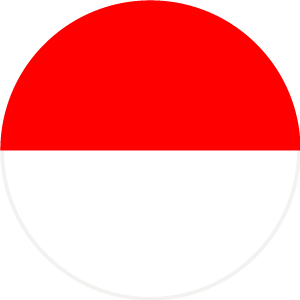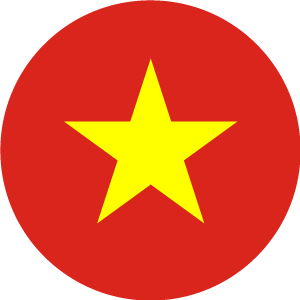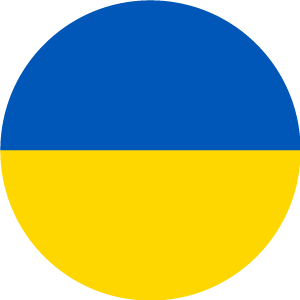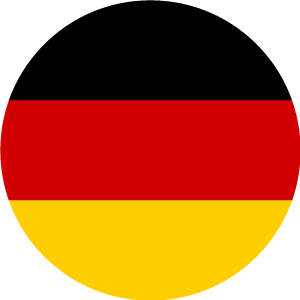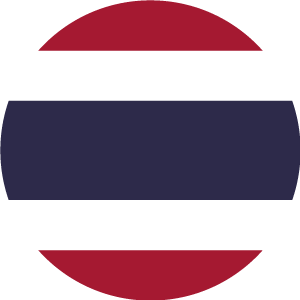Author Search Result
[Author] Yasunori HARADA(2hit)
| 1-2hit |
Role of Hydrogen in Polycrystallne Si by Excimer Laser Annealing
Naoya KAWAMOTO Naoto MATSUO Atsushi MASUDA Yoshitaka KITAMON Hideki MATSUMURA Yasunori HARADA Tadaki MIYOSHI Hiroki HAMADA
- PAPER-Semiconductor Materials and Devices
- Vol:
- E88-C No:2
- Page(s):
- 241-246
The role of hydrogen in the Si film during excimer laser annealing (ELA) has been successfully studied by using a novel sample structure, which is stacked by a-Si film and SiN film. Hydrogen contents in the Si films during ELA are changed by preparing samples with hydrogen content of 2.3-8.2 at.% in the SiN films with a use of catalytic (Cat)-CVD method. For the low concentration of hydrogens in the Si film, the grain size increases by decreasing hydrogen concentration in the Si film, and the internal stress of the film decreases as increasing the shot number. For the high concentration of hydrogens in the Si film, hydrogen burst was observed at 500 mJ/cm2 and the dependence of the internal stress on the shot number becomes weak even at 318 mJ/cm2. These phenomena can be understood basically using the secondary grain growth mechanism, which we have proposed.
Basic Design of Video Communication System Enabling Usersto Move Around in Shared Space
Keiji HIRATA Yasunori HARADA Toshihiro TAKADA Naomi YAMASHITA Shigemi AOYAGI Yoshinari SHIRAI Katsuhiko KAJI Junji YAMATO Kenji NAKAZAWA
- PAPER
- Vol:
- E92-C No:11
- Page(s):
- 1387-1395
We propose a 2D display and camera arrangement for video communication systems that supports both spatial information between distant sites and user mobility. The implementation of this arrangement is called the "surrounding back screen method." The method enables users to freely come from and go into other users' spaces and provides every user with the direct pointing capability, since there is no apparent spatial barrier separating users, unlike the case of conventional video communication systems. In this paper, we introduce two properties ("sharedness" and "exclusiveness") and three parameters (a distance and two angles) to represent the geometrical relationship between two users. These properties and parameters are used to classify the shared spaces created by a video communication system and to investigate the surrounding back screen method. Furthermore, to demonstrate and explore our surrounding back screen method, we have developed a prototype system, called t-Room. Taking into account practical situations, we studied a practical case where two t-Rooms with different layouts are connected.


